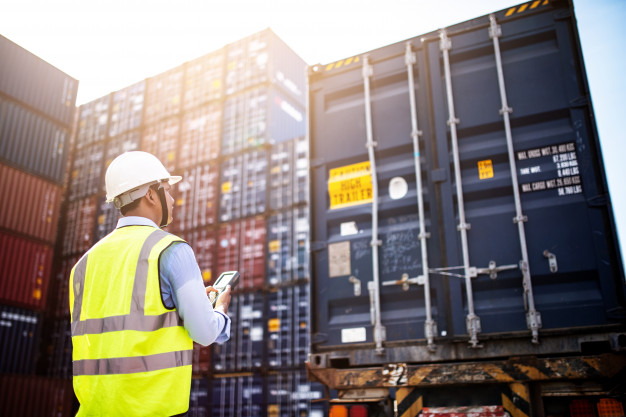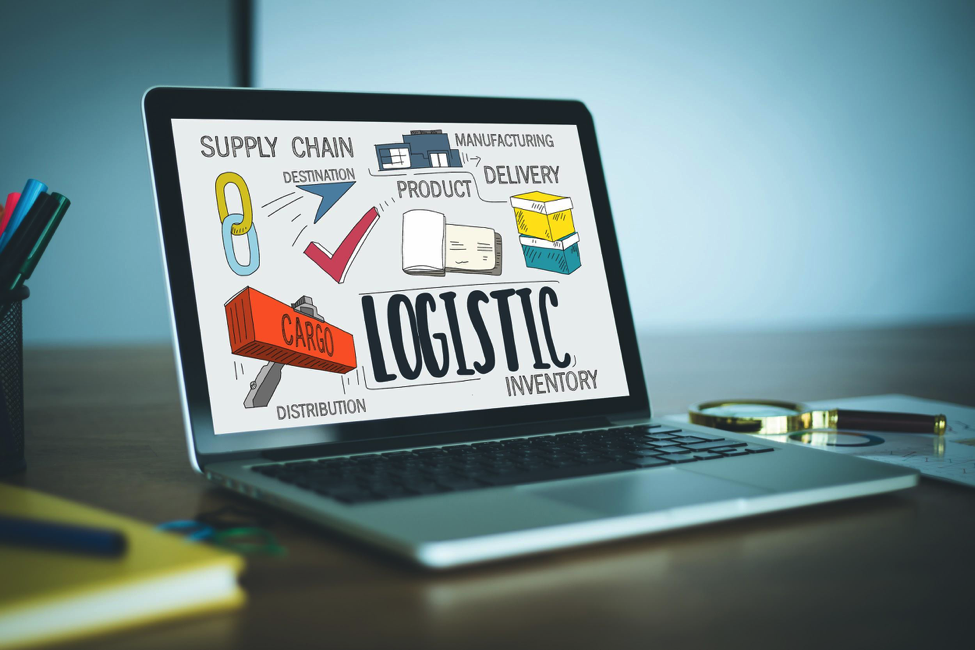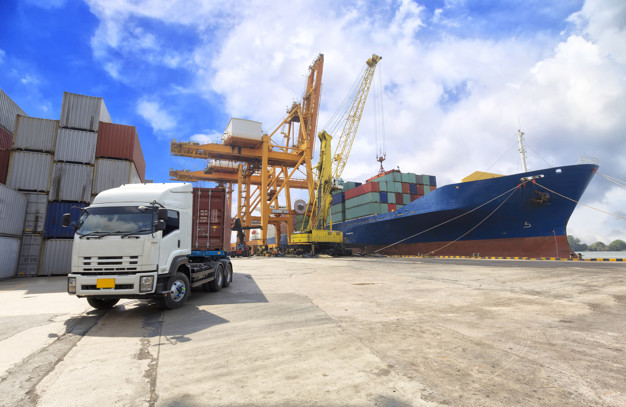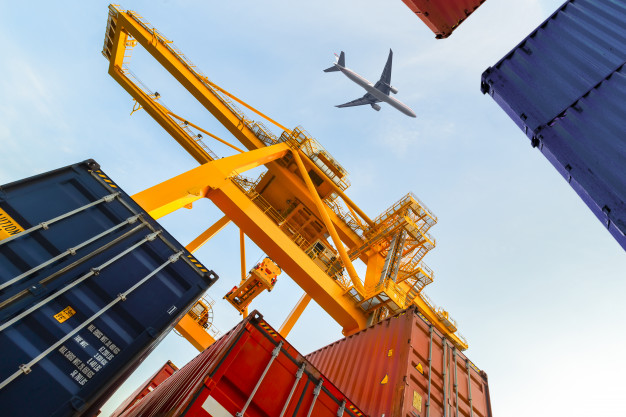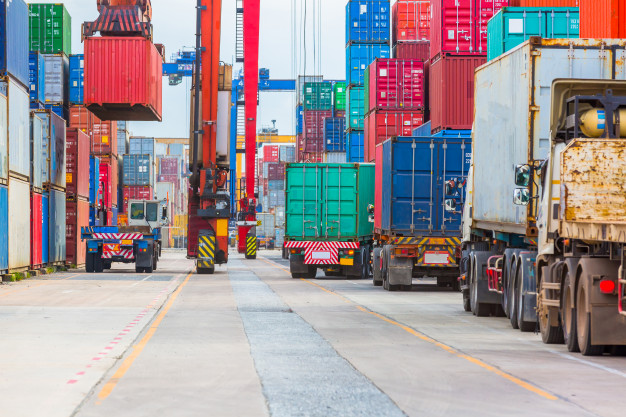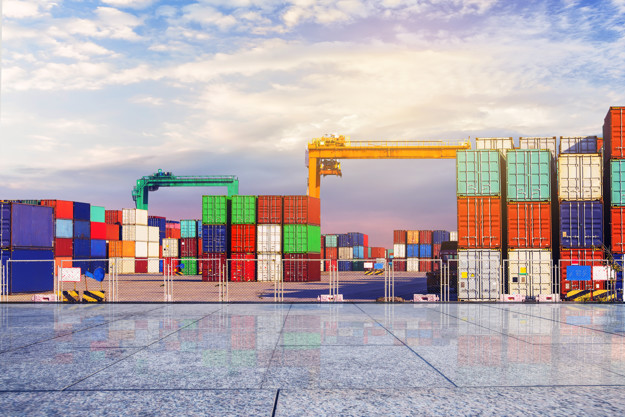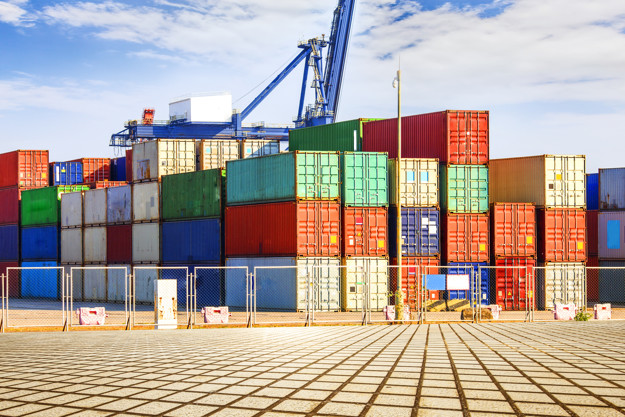Top 5 Products Exported by The Philippines

The Philippines is a country in Southeast Asia that is rich in natural resources. Several of these resources are quite rare in some areas of the world, which gives the Filipinos an opportunity to earn a living by converting it into products that we export today.
If you’re one of those business folks who are either looking for an ideal line of products to sell in an international scale or in the verge of expanding your business internationally, this article is for you. In addition to looking for a suitable freight forwarding company to keep your supply chain up and going, you must also familiarize yourself in five of the top-selling products exported by the Philippines:
-
Gems, and other precious metals
As recent as last year, the Philippines was able to accumulate an amount of $1.5 billion in exporting precious metals and gems on international markets. According to records, the leading and most expensive precious metal in the country is gold. The amount of gold exported from the Philippines is ten times greater than the amount spent by importers who bring gold into the archipelago.
Additionally, there is also a growing demand in pearls found in various seas of the Philippines. Those that were produced by the largest immobile bivalve mollusk in the world, Tridacna Gigas can weigh over 34kg and can be a couple of feet long. Filipino pearl exporters earned an amount of $15.3 million by selling pearls globally. As for gems, organic gemstones are also on the rise, with exporters making a million dollars per year.
-
Fruits, nuts
Examples of fruits and nuts that are widely exported in the Philippines are coconut, banana, pineapple, soursop (guyabano), papaya, guava, calamansi, tamarind, peanuts, among others. Filipino cultivators of these fruits earn a total amount of $2.1 billion, which comprises 3.3% of overall exports from the country. The Philippines is the second-largest coconut user on the world, next only to Indonesia.
-
Optical, technical, and medical apparatus
Aside from natural resources like fruits nuts, gems, and other precious metals, the Philippines is also a competitive exporter of tools and equipment used in the medical field. Filipino manufacturers of these products gained a whopping $2.2 billion from international buyers around the globe. Examples of this equipment are:
- Optical Fibres, Optical Fibre Bundles, and Cables
- Photographic Cameras; Photographic Flashlight Apparatus
- Oscilloscopes, Spectrum Analysers
- Liquid Crystal Devices, Lasers
- Other measuring or checking instruments and machines
-
Machinery, i.e., computers
Machinery and computers that are widely used in some parts of the world actually came from the Philippines. These can range from office machine parts, integrated circuits, semiconductor devices, insulated wires, and even whole computers itself. Companies selling machinery and computers in the Philippines earned $9.6 billion in the year 2018 alone.
-
Electrical machinery, and other similar equipment
Based on the 2018 records, electrical products are still in leading products exported by the Philippines. Even the government acknowledged this fact as the Department of Trade and Industry (DTI) stated that such products are the key exports of the country. The Philippines exported $32.9 billion worth of electrical machinery and other similar equipment which account for almost half (48.7%) of the country’s total exports for last year.
Sources:
- http://www.worldstopexports.com/philippines-top-10-exports/
- http://www.philippinesaroundtheworld.com/philippines-top-precious-metals-and-gems-sales/
- https://oec.world/en/profile/country/phl/
- https://www.dti.gov.ph/media/latest-news/9602-electronics-top-ph-exports-east-asia-market-expands
- https://www.philstar.com/other-sections/letters-to-the-editor/2019/04/06/1907627/major-opportunities-risks-philippine-exports
- https://tradingeconomics.com/philippines/exports/united-states/optical-photo-technical-medical-apparatus
- https://www.bworldonline.com/philippines-top-agriculture-export-products/


